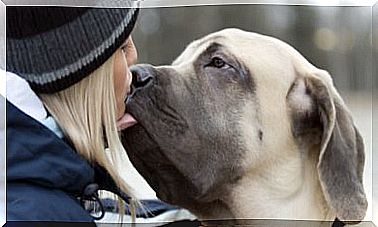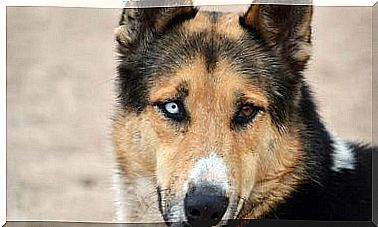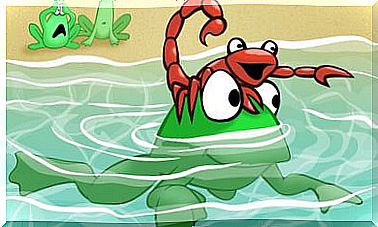Mimic And Gestures In Cats
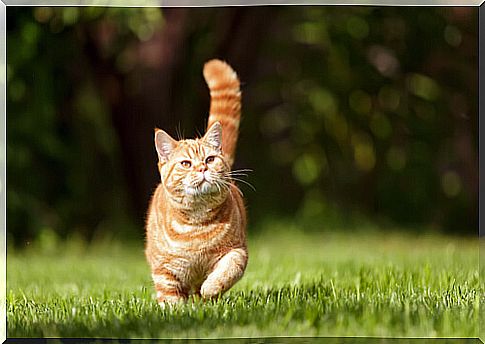
The mimicry and gestures in cats are some of the ways that these animals use to communicate with other cats and humans. If you have just adopted a pussycat, as you get to know it you will begin to decode its language.
Meanwhile, we give you some details so that you begin to understand correctly what your cat wants to tell you.
The feline communication system
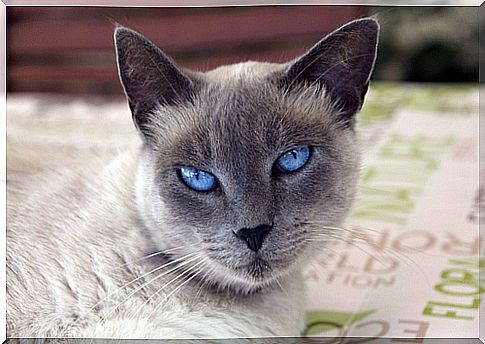
Turns out, after much research, experts came to the same conclusion that people who love cats always knew. They are not asocial and solitary animals
kittens manage an extensive communication system that includes other species
In addition to the different voices and scent marks, the mimicry and gestures in cats constitute part of their extensive “unspoken” language, according to the egocentric vision of the human being, which usually continues to measure everything with its short stick.
Guide to interpreting mimicry and gestures in cats
Pussycats have a fair amount of muscle in their face. This enables them to perform gestures that combine with movements of:
- Ears
- Whiskers
- Pupils
- Hairs
We tell you some examples so that, combining the different variables, you can begin to interpret the language of your kitten.
Ears
- Forward: Friendly interest; The varying degrees of interest are interpreted according to where the forehead muscles are directed.
- Raised and backwards: Threat of attack.
- Bent back and side: Fear and willingness to defend or flee.
Whiskers
- Down and shaking, or fan-shaped: Intense fear.
- Sideways and little spread: Calm, pleasure, good humor or indifference.
- Forward and vibrating: Tension and imminent reaction.
- Bent back: Shyness and withdrawal.
Pupils
- Narrow: Tension, great interest, aggressive threat.
- Dilated: Fear, surprise and defense
Keep in mind that feline pupils change depending on the amount of ambient light.
Eyelids
- In front of strangers: Very open, in a state of surveillance
- In controlled or relaxed situations: Ajar
In addition, if they stare at him, the cat usually feels threatened and chooses to turn his back.
On the other hand, blinking is their way of establishing contact. It is equivalent to a human smile.
Tail
According to research by specialists in animal behavior, kittens can transmit 12 signals with their tail. Between them:
- Straight: Friendship.
- Bristling: Aggression.
- Arched: On the defensive.
- Slightly arched: Shows interest in its owner, especially when he is preparing his food.
- If you shake it strongly: A lot of nervousness and even anger.
Other signs
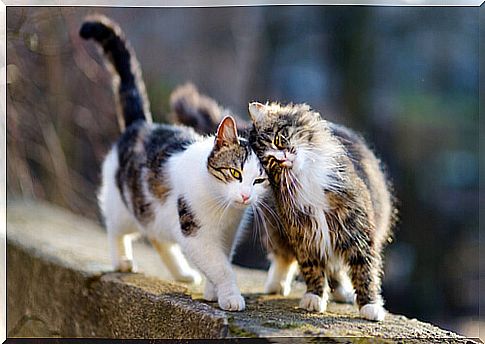
- When a cat yawns it means that everything is going well for him and he is calm.
- A feline with its head held high indicates that it feels superior. Otherwise, it will lower it a bit. If he tilts her, he’s willing to get closer
- Bent back legs express insecurity or fear. If he doubles the front ones, he is preparing for an attack. The four bent legs are a sign of insecurity and a willingness to defend oneself.
- A pussycat that puts its rounded back is asking for caresses. If he arches it to the extreme, he is irritated.
- If he bristles the hair all over his body, he is scared and tries to appear bigger to deter his possible enemy. If it only bristles in the middle of the back and on its tail, the cat is ready to attack.
Do not be fooled by his disgusted face
Phlegm is a characteristic expression of the face of felines that is produced by certain olfactory stimuli.
The animal raises its nose and upper lip and slightly opens its mouth. Everything would seem to indicate that you feel disgusted by something but, on the contrary, it is a pleasant expression.
It is a gesture related to the Jacobson organ, located between the nose and the mouth, considered as a second olfactory organ that would allow it something like “savoring smells”.
Talking to your cat
The sensitivity of your feline, together with yours, will surely be the best tool for the two of them to learn to communicate and, thus, in addition to specific questions, they can tell each other how much they love each other.

